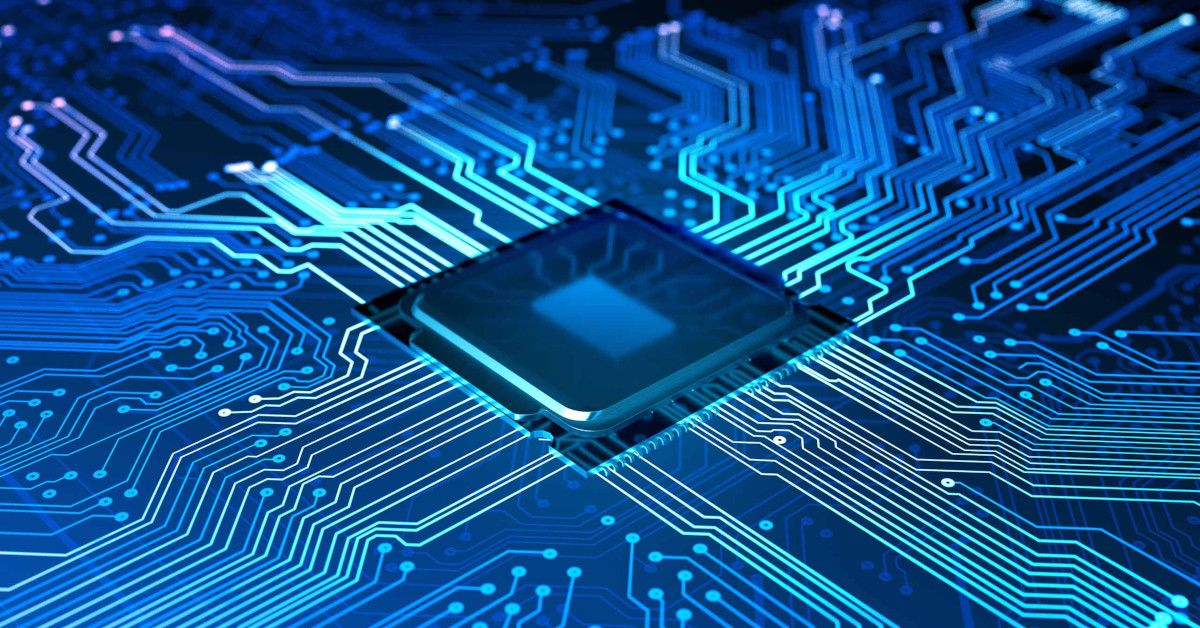A semiconductor is a type of material that is used to make electronic devices, including transistors, diodes, and integrated circuits. It has electrical conductivity that is intermediate between that of a metal and an insulator. Semiconductors are typically made of elements from the periodic table, such as silicon, germanium, and gallium arsenide, which are doped with impurities to create p-type and n-type regions that can be used to form electronic components.
The unique properties of semiconductors arise from their crystal structure, which is characterized by a periodic arrangement of atoms that form a lattice. The electrical conductivity of a semiconductor is determined by the energy levels of its electrons, which are constrained by the periodic potential of the lattice. In an ideal crystal, the valence and conduction bands, which represent the highest and lowest energy levels that electrons can occupy, respectively, are separated by a large energy gap, called the band gap. This means that the electrons in the valence band are bound to the atoms in the crystal and cannot move freely, while the electrons in the conduction band are free to move and can carry electric current.
The band gap of a semiconductor can be reduced by doping it with impurities, which are atoms that have an extra electron (n-type) or an electron missing (p-type) from their outermost shell. These impurities create an excess or a deficiency of electrons in the semiconductor, which can move freely and contribute to the flow of electric current. The p-n junction, which is formed by bringing together p-type and n-type regions, is the basis for many semiconductor devices.
Semiconductors are used in a wide range of applications, including in the manufacture of electronic devices such as diodes, transistors, and integrated circuits. Diodes are semiconductor devices that allow electric current to flow in one direction only, while transistors are used to amplify or switch electronic signals. Integrated circuits are made up of many transistors and other components that are integrated onto a single chip.
Semiconductors also find application in solar cells, which convert sunlight into electricity, and in light-emitting diodes (LEDs), which emit light when an electric current is passed through them. Semiconductor materials are also used in the construction of lasers and detectors, and in other areas such as sensors and power electronics.
Silicon is the most widely used semiconductor material, owing to its abundance and favorable electronic properties. It is used to manufacture a wide variety of electronic devices, including microprocessors, memory chips, and power electronics. However, other semiconductor materials, such as gallium arsenide and indium phosphide, are used in specialized applications where their unique properties are required.
The field of semiconductor research and development is constantly advancing, with new materials and fabrication techniques being developed to improve the performance and reduce the cost of electronic devices. For example, the use of new materials, such as graphene and carbon nanotubes, holds the promise of revolutionizing the field of electronics. The continued development of semiconductors has enabled the creation of increasingly sophisticated electronic devices that have transformed modern society, and their role is set to continue into the future.

Leave a Reply